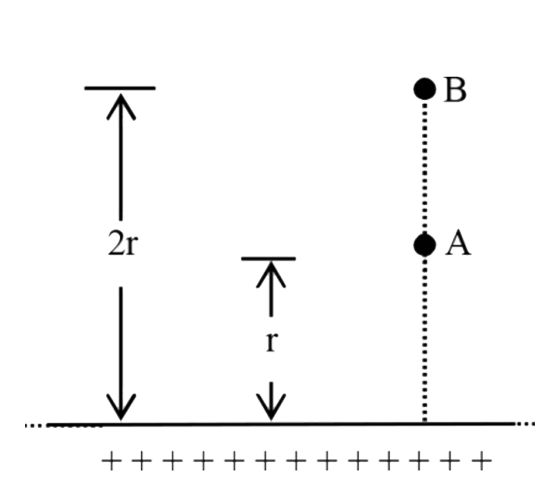The p.d (VB−VC between two point from C to B
does not depend on the path
depends on the path
depends on test charge
independent of electric field
The correct Answer is:1
Step by step video, text & image solution for The p.d (V_(B)-V_(C) between two point from C to B by Physics experts to help you in doubts & scoring excellent marks in Class 12 exams.
Updated on:21/07/2023Similar Questions
Knowledge Check
The potential difference (VA−VB) between the point A and B in the given figure is :
 A+6VB+9VC−3VD−8V
A+6VB+9VC−3VD−8VThe potential difference (VA−VB) between the point A and B in the given figure is
 A+6VB+9VC−3VD+3V
A+6VB+9VC−3VD+3VPoint A is located 0.25 m away from a charge of −2.1×10−9C. Point B is located 0.50 m away from the charge. What is the electric potential difference V_(B)- V_(A) between these two points ?
A19 VB26 VC38 VD76 V
Figure (a) and (b) show the field lines of a positive and negative point charge respectively.
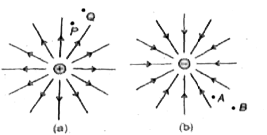
(a) Give the signs of the potential difference . Vp−VQ,VB−VA
(b) Give the sign of the potential energy difference if a small negative charge is moved from points Q to P from point A to B.
(c) Give the sign of the work done by the field in moving a small positive charge from Q to P.
( d) Give the sign of the work done by the external agency in moving a samall negative charge from B to A .
(e ) Does the kinetic energy of a small negative charge increase or decrease in going from B to A ?
View SolutionA hollow conducting sphere is placed in an electric field produced by a point charge placed at P as shown in figure.
Let VA,VB,VC be the potentials at points A,BandC respectively. Then
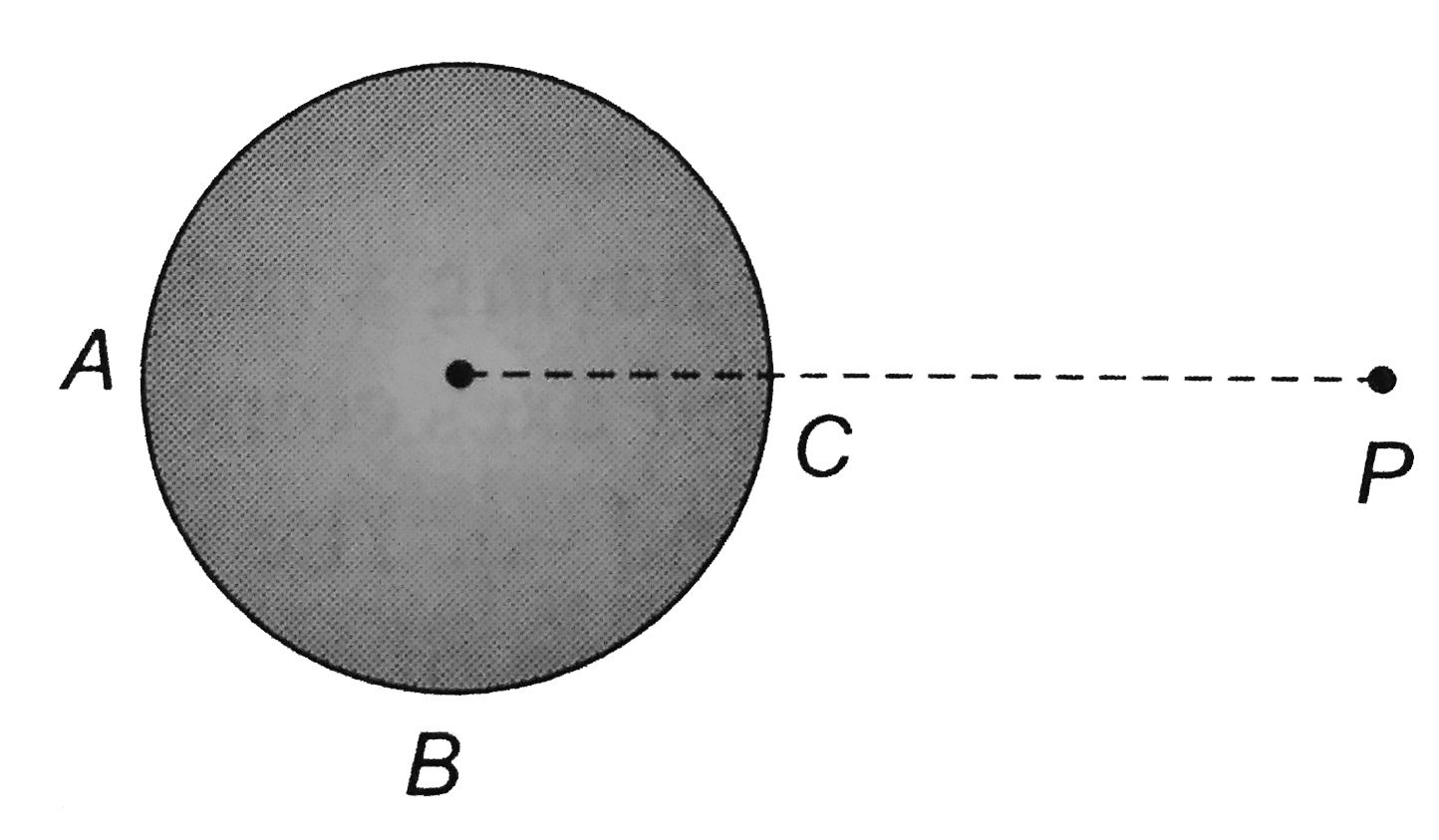
View SolutionConsider the circuit given here. The potential difference VBC between the points B and C is
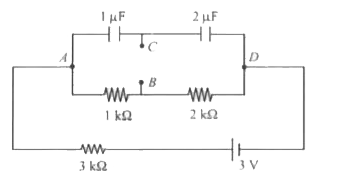
View Solution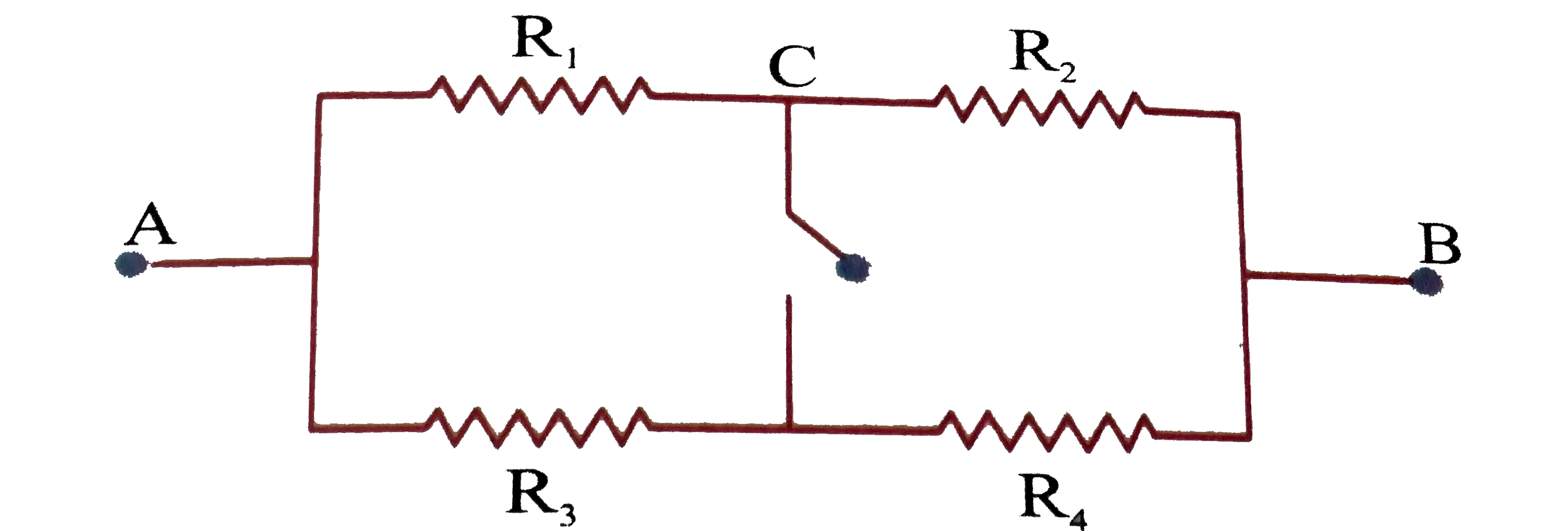
Four resistors R1,R2,R3 and R4 are connected between two terminals A and B iin a network as shown in the diagram. A key K can connect the two points (see diagram) C and D. A constant potential difference (VA−VB)=V is maintained between thhe points A and B
Q. In on connecting the key K, no current flows through the segment CD, whatever potential difference V exists between A and B which of the following cases will satisfy this condition?
View Solution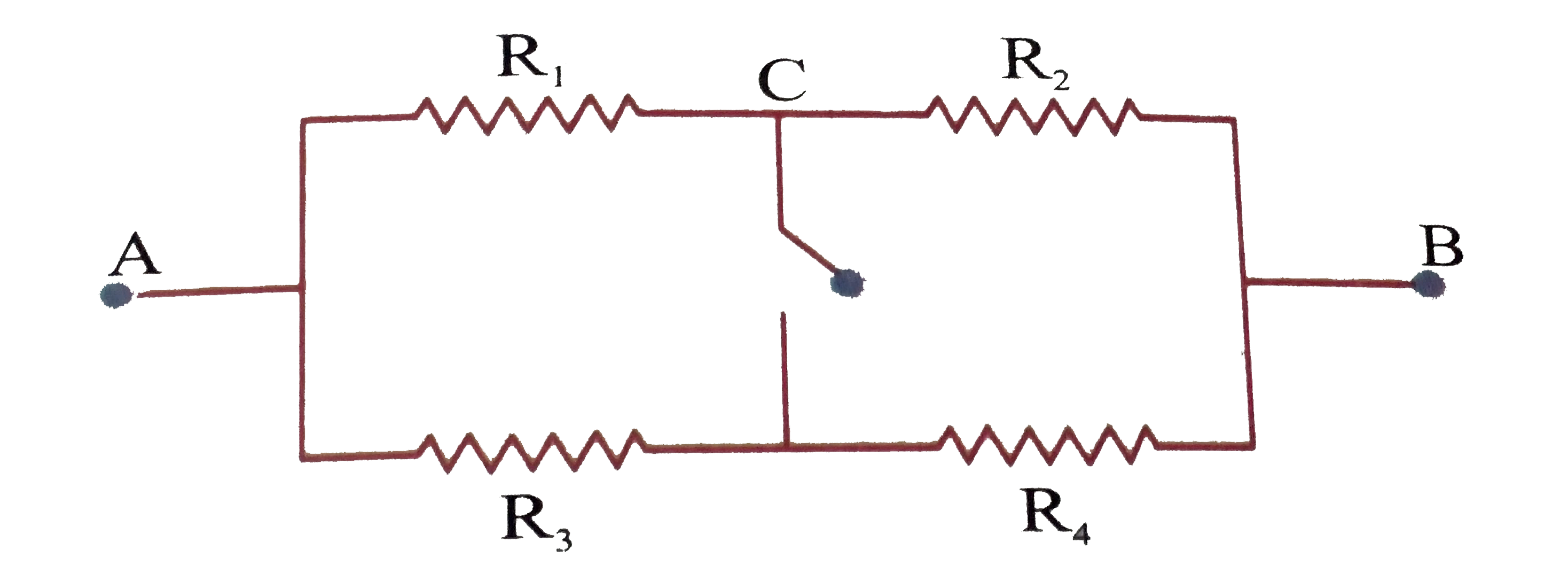
Four resistors R1,R2,R3 and R4 are connected between two terminals A and B iin a network as shown in the diagram. A key K can connect the two points (see diagram) C and D. A constant potential difference (VA−VB)=V is maintained between thhe points A and B
Q. If R1=R4=1Ω and R2=R3=2Ω, the effective resistance between the terminals A and B will change, on closing the key K, by
View Solution


